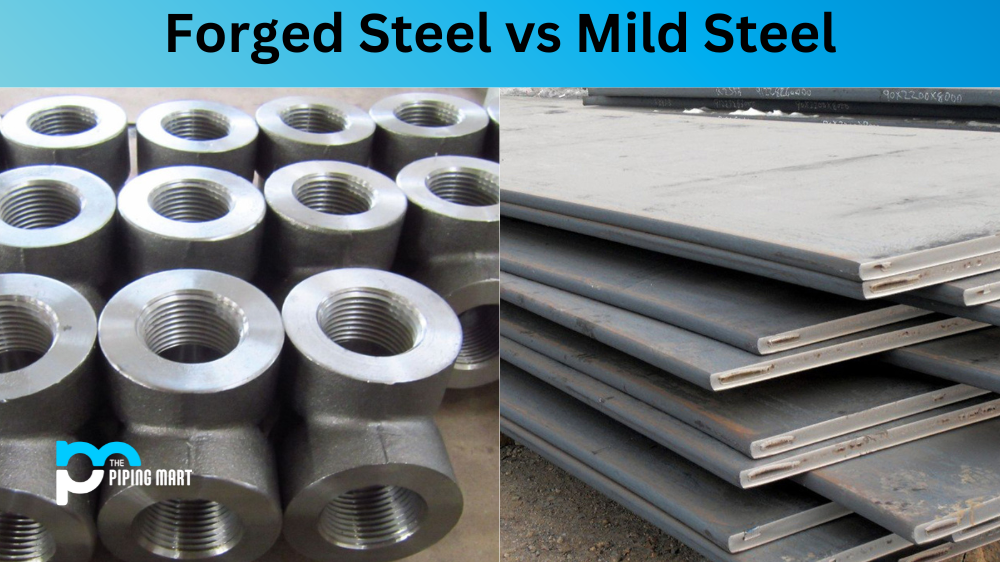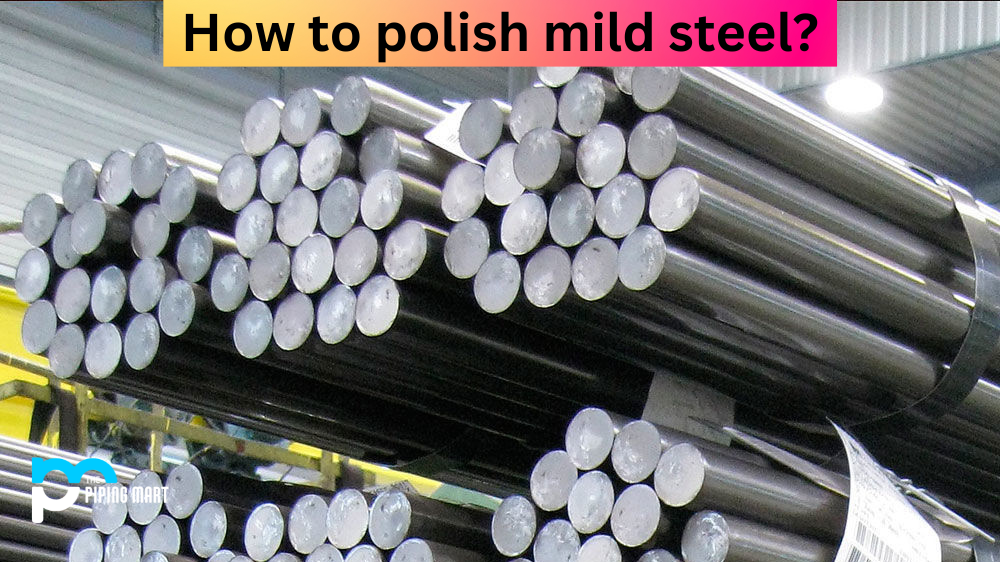Steel is a versatile material that can be used to make a variety of items, from car parts to kitchen knives. But not all Steel is created equal; there are different types of Steel, each with its own unique properties and applications. Two of the most popular types are forged Steel and mild Steel, so let’s take a look at how these two materials compare.
Difference Between Forged Steel and Mild Steel
Properties
Forged Steel is an alloy made up of iron, carbon, and other metals such as chromium or vanadium. It has higher tensile strength than mild Steel due to its composition, which makes it ideal for applications where strength is important such as car parts, construction beams, and even kitchen knives. The process of forging also adds additional strength to the material since it involves heating the metal and then shaping it into the desired form under high pressure.
Mild Steel, on the other hand, is made up mostly of iron along with small amounts of carbon and other trace elements. It has lower tensile strength than forged Steel, but it is more malleable, which makes it easier to work with in certain applications such as manufacturing pipes or automotive components that require being bent or formed into specific shapes. It’s also much cheaper than forged Steel due to its lower cost of production.
Uses
Due to its increased strength over mild Steel, forged Steel can be used in any application where strength is paramount, such as suspension systems for cars or construction beams for buildings. Additionally, since it can be easily shaped into complex shapes thanks to its malleability, it can also be used in applications where intricate parts are required, such as medical instruments or locksmith tools. Mild Steel, on the other hand, is commonly used for general fabrication projects since it’s cheaper than forged Steel and easier to work with due to its malleability. It’s also often used in automotive components such as exhaust systems or body panels since they don’t need to be extremely strong but still need to retain their shape when placed under stress.
- Forged Steel is made by heating the Steel to a high temperature and then shaping it into the desired shape.
- Mild Steel is made by adding carbon to iron to create a new alloy.
- Forged Steel is stronger than mild Steel.
- Mild Steel is less expensive than forged Steel.
- Forged Steel is more difficult to work with than mild Steel.
- Forged Steel is better for applications where strength is important, while mild Steel is better for applications where cost is more important.
Conclusion
When comparing forged Steel vs mild Steel, both materials have their own unique uses depending on the application they’re being used in and what type of properties are required from them. While forged Steel has higher tensile strength making it ideal for applications requiring great strength and durability, mild Steel is more malleable, making it better suited for general fabrication projects where intricate shapes must be created. In conclusion, understanding how these two materials compare will help you make an informed decision when choosing between them based on your project requirements.

Pipingmart is a B2B portal that specializes in metal, industrial and piping items. Additionally, we share the latest information and information about materials, products and various types of grades to assist businesses that are involved in this business.




